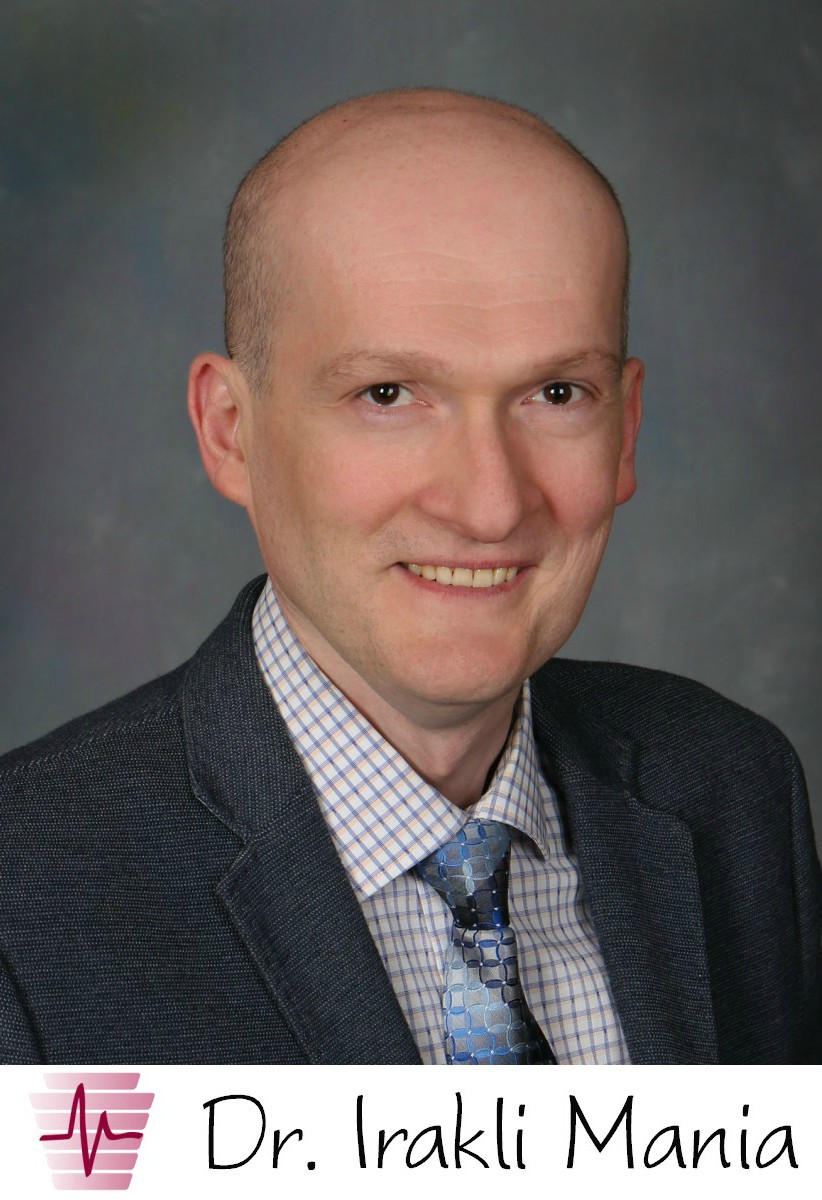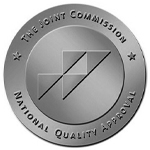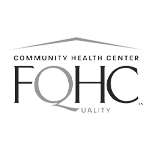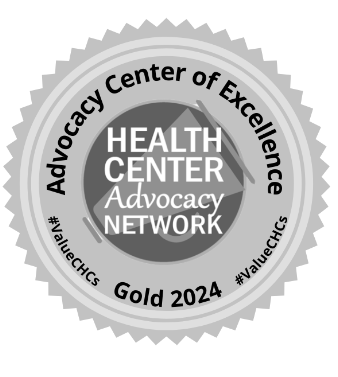 One in five adults in the United States will experience a mental health disorder in a given year. While 20% is a significant portion of the population, many people are still unaware of the variety of treatment methods that are now available for mental health conditions.
One in five adults in the United States will experience a mental health disorder in a given year. While 20% is a significant portion of the population, many people are still unaware of the variety of treatment methods that are now available for mental health conditions.
Dr. Irakli Mania, Psychiatrist and Medical Director of Keystone Behavioral Health, shares some treatment methods which many people are unaware of in today’s article.
Psychiatric Developments
Psychiatric treatment has come a long way in the past 100 years. In the early twentieth century, scientists were trying to figure out which regions of the brain were responsible for psychiatric problems. In the 1950s, antidepressants and antipsychotic drugs were accidentally discovered, allowing for treatment of what is called “chemical imbalances” in the brain. This discovery has been a very important breakthrough in the field of psychiatry allowing treatment and better quality of life for many people. However, the availability of these medications has steered the field away from the physical problems that could trigger psychiatric disorders.
In recent years there has been more interest in looking at physical abnormalities leading to different symptoms and disorders. The brain is an “electro-chemical” organ and its function can be influenced not only chemically but also with brain stimulation methods. We are able to map out circuits in the brain that are involved in various disorders and we can affect that particular circuit with brain stimulation methods.
We have now entered era of interventional psychiatry. Interventional psychiatry uses brain stimulation techniques or rapid-acting medications to treat symptoms that are not responding well to standard treatments with medication and/or therapy. There are many treatment methods that are being used by clinicians, but the ones I will discuss have been approved the U.S. Food and Drug Administration (FDA), meaning they have been approved as safe and effective.
Transcranial Magnetic Stimulation
Transcranial Magnetic Stimulation (TMS) is a non-invasive treatment for Major Depressive Disorder, Obsessive Compulsive Disorder (OCD), and migraines when medications have not been working well or are causing side effects. TMS involves placing a magnetic coil on a patient’s head while they remain awake and alert. The treatment is not painful and patients are able to resume their daily activities immediately after. There are very few side effects from TMS compared to antidepressants, and those who do experience side effects usually describe them as mild and short-term. TMS is available in Franklin County for people with Major Depressive Disorder, and we plan to soon have this treatment available in the area for those with OCD. The use of TMS has been increasing and it’s likely that it will soon be approved to treat Post-Traumatic Stress Disorder, Tobacco Use Disorder, Alcohol Use Disorder and Opioid Use Disorder. These disorders have a significant impact on our society and I believe that TMS can make a big difference.
Electroconvulsive Therapy
Electroconvulsive Therapy (ECT) has received a lot of bad attention through the media and some movies and is often referred to as “shock therapy.” Much of the stigma attached to ECT is based on early treatments in which high doses of electricity were given without anesthesia, leading to memory loss, fractured bones and other serious side effects. ECT is much safer today and it is one of the most effective treatment methods we have for severe depression including for those who have suicidal thoughts and psychosis. It is done under general anesthesia, in which small electric currents are passed through the brain, intentionally triggering a brief seizure. ECT seems to cause changes in brain chemistry that can quickly reverse symptoms of certain mental health conditions. ECT may still cause some side effects.
Vagus Nerve Stimulation
Vagus Nerve Stimulation (VNS) involves the use of a device to stimulate the vagus nerve (one of the nerves that connect the brain to the body) with electrical impulses. An implantable vagus nerve stimulator is currently FDA-approved to treat epilepsy and depression. In conventional VNS, a device is surgically implanted under the skin in the chest, and a wire connects the device to the left vagus nerve. When activated, the device sends electrical signals along the nerve to the brainstem, which then sends signals to certain areas in the brain involved in depression. Dosage of stimulation can be adjusted depending on a patient’s need. New, noninvasive vagus nerve stimulation devices, which don’t require surgical implantation, have been approved in Europe to treat epilepsy, depression and pain. A noninvasive device that stimulates the vagus nerve was recently approved by the FDA for the treatment of cluster headaches in the United States.
Neurosurgical Interventions
Surgical procedures have been done over the years in severe and debilitating cases. Today, a new era of neurosurgical intervention for psychiatric illness is emerging. These procedures are much more focused and much less invasive and destructive. Deep brain stimulation is an established and FDA-approved treatment for people with movement disorders such as refractory epilepsy, essential tremor, Parkinson’s disease, and dystonia, and also for psychiatric conditions such as Obsessive Compulsive Disorder. Although deep brain stimulation is minimally invasive and considered safe, any type of surgery has the risk of complications. Also, the brain stimulation itself can cause side effects. Deep brain stimulation involves creating small holes in the skull to implant the electrodes, and surgery to implant the device that contains the batteries under the skin in the chest.
External Trigeminal Nerve Stimulation
The most recent FDA approval has been External Trigeminal Nerve Stimulation (eTNS) for children ages 7-12 who have Attention Deficit/Hyperactivity Disorder (ADHD). This is the first non-drug treatment option for ADHD. This treatment is intended to be used in the home under the supervision of a caregiver. The cell-phone sized device generates a low-level electrical pulse and connects via a wire to a small patch that adheres to a patient’s forehead, just above the eyebrows, and should feel like a tingling sensation on the skin. The system delivers low-level electrical stimulation to the branches of the trigeminal nerve, which sends signals to the parts of the brain thought to be involved in ADHD. While the exact mechanism of eTNS is not yet known, neuroimaging studies have shown that eTNS increases activity in the brain regions that are known to be important in regulating attention, emotion and behavior. One should consult with a behavioral health provider in order for this to be recommended.
New Medications
Another area of development is new medications. This is important because Treatment Resistant Depression is common and available medications, in addition to being ineffective at times, may take a long time to work or find the correct dosage. One medication which has been given fast-track FDA approval is Esketamine (Spravato). This is used as a nasal spray and can be effective within hours of administration. Unfortunately, it still has significant side effects and administration can only happen in a licensed facility under observation.
With all the above developments we have to increase awareness of these treatment methods in our society. I see the need for a center for interventional psychiatry across the country including in our community. For more information about any of the treatments mentioned above, consult a behavioral health specialist.
This article contains general information only and should not be used as a substitute for professional diagnosis, treatment or care by a qualified health care provider.
For more information about Keystone Health’s TMS Program, click here.




